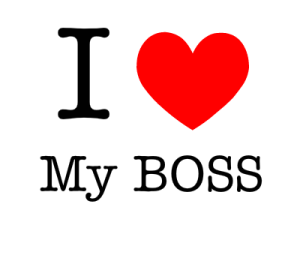 When you look at team members within your organization do you see fans or players? Are you a coach or critic? What is the difference?
When you look at team members within your organization do you see fans or players? Are you a coach or critic? What is the difference?
Many of us are fans of a sports team. We do not have to attend practice or strategy sessions. We show up 10 minutes before game time and enjoy the show. When they are successful we celebrate along with them and wear the t-shirt with enthusiasm. However, when they fail to meet our expectations we complain about the players, the coach, and how they play the game. We take the t-shirt off and our enthusiasm begins to fade. Critics take pen to paper or hit the airwaves with their breakdown of all that is wrong.
Players and coaches do not have the luxury of showing up 10 minutes prior to game time. They cannot sit back and enjoy the show. They have to become actively engaged and pursue with passion their vision.
As a team member within your organization are your actively seeking ways to help your organization reach its mission statement or are you sitting back as a disgruntled fan? As a leader are you setting a vision before your team? It is easy to show up to work each day and just respond to whatever happens. Meet with your team to discuss how your department or team can be better. Look for ways to engage each team member in setting the vision for the team. Stop being a critic and coach the team.
Without a vision there will be no passion. Without passion there will be no change. Without change you will get the same results.










